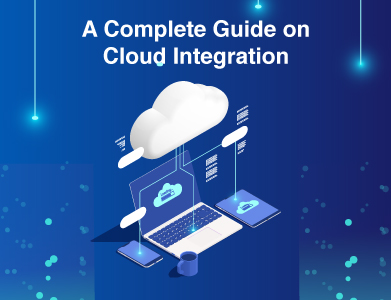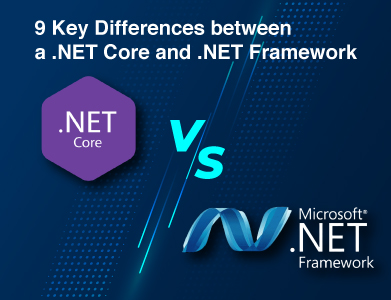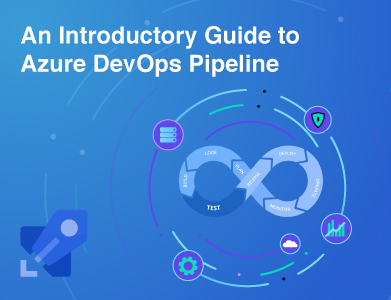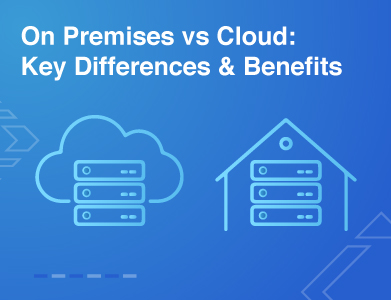Kubernetes Deployment Strategy: A Complete Guide
 Admin
Admin DevOps
DevOps Feb 06, 2025
Feb 06, 2025

Table of Content
Deploying applications on Kubernetes is a complex and high-stakes task, especially when managing containers, pods, services, and configurations that must all work in harmony. Any misstep can result in downtime, degraded performance, or even a cascade of bugs affecting your entire user base.
However, with a proper deployment strategy, you can avoid these risks to ensure a smooth and reliable rollout of new features. Kubernetes has deployment strategies that would help you mitigate these challenges through methods that allow you to minimize risks, preserve service availability, and test your new versions in real traffic before a full release.
In this guide, we'll take you through the most effective Kubernetes deployment strategies. We'll help you decide which deployment approach suits your specific use case. By understanding these strategies, you would better be able to manage large-scale deployments, tackle issues as and when they arise, and stay with continuous service availability.
What is a Kubernetes Deployment?
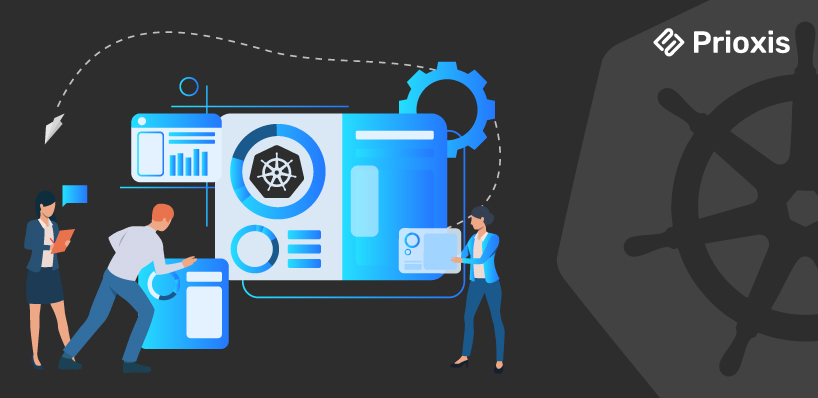
A Kubernetes Deployment is a resource object in Kubernetes that gives declarative updates to applications. You can keep the deployment of containers up by providing a specified number of replicas (instances) of a particular application that will be running at all times. It automatically handles the creation, scaling, and updating of the instances, or pods, based on the desired state defined by the user.
In simple words, it is the blueprint for running applications in a Kubernetes cluster. You could define how many copies of a containerized application you might desire, which versions you would like to run, and how to update or roll back those versions safely.
Kubernetes ensures that your application is always running as expected, even if individual containers or nodes fail. It also facilitates rolling updates and rollbacks, making it easier to deploy new versions of applications with minimal downtime and risk.
Kubernetes Deployments vs. Alternatives
- Deployments vs. Pods: Pods are individual units running your containers, while Deployments manage groups of Pods, handling scaling, updates, and automatic replacements of failed Pods.
- Deployments vs. ReplicaSets: ReplicaSets ensure a specific number of Pods are running, but Deployments manage ReplicaSets, adding features like updates and rollbacks.
- Deployments vs. StatefulSets: Statefulsets are for stateful applications and include databases; they hold the Pod identity and do order updates, whereas Deployments are for stateless applications, and they allow for parallel updating.
- Deployments vs. DaemonSets: The Daemonsets run one pod per node ideal for logging and monitoring applications and Deployments let you control the number of replicas and their placement across nodes.
Kubernetes Deployment Strategies
Kubernetes deployment strategies determine how upgrades of applications in the system happen. This does not disturb the overall production system minimally. Below, let's discuss in detail the two most common built-in and also some advanced Kubernetes deployment types, which need extra tools.
1. Rolling Update
A Rolling Update gradually updates application pods while ensuring that at least some instances of the previous version are still running. Kubernetes updates a few pods at a time and waits for each one to become healthy before proceeding. This strategy minimizes downtime and maintains service availability during updates.
Pros:
- High availability with gradual updates.
- Reduces downtime by ensuring some pods are always running.
- Provides rollback capability in case of a problem during the update.
Cons:
- It is hard to configure and maintain.
- The update process is slower than any other strategy
- Possibility of temporary errors as the old and new versions run simultaneously.
2. Ramped Slow Rollout
A Ramped Slow Rollout is similar to a rolling update but slower and more incremental. To do this, the two parameters maxUnavailable and maxSurge are both set to 1, ensuring that the Kubernetes rollout strategy is incremental to permit adequate monitoring and validation.
Pros:
- Full monitoring and validation at every phase
- Updates at intervals reduce the associated risks
- Tends to allow easier identification of problems and remediation
Cons:
- Slower rollout.
- Needs to find a delicate balance to prevent destabilizing the application.
- Potential temporary inconsistencies between versions.
3. Recreate Deployment
In Recreate Deployment, all existing pods are terminated before the new version is deployed. Although it is a simple strategy, it results in downtime since no pods are available during the update process. This strategy should be used only when the application can afford downtime.
Pros:
- Simple and easy to implement.
- No overlap of versions; the state is clean.
- Predictable behavior, especially for small applications.
Cons:
- Results in downtime during deployment.
- Not recommended for high availability applications.
- Users experience service unavailability.
4. Blue/Green Deployment
Two environments, namely Blue (current version) and Green (new version), are maintained in Blue/Green deployment. The new version can be introduced to the Green environment and tested. Once it is confirmed, traffic switches from Blue to Green in a manner that delivers zero downtime and facilitates a simple rollback.
Pros:
- There is no downtime during switching time from the Blue to Green environment
- Rollback becomes simple; revert to the Blue environment
- Test the new version independently before implementation
Cons:
- A double environment has to be kept, Infrastructure is doubled as well.
- Operational expenses are higher because of resource duplication.
- Complex network setup for switching traffic.
5. Canary Deployment
The canary deployment deploys the new version of an application to a small subset of users (the "canary"). This provides early detection of the occurrence of problems before a full roll-out. If the canary goes well, the new version is rolled out to other users.
Pros:
- Early detection of problems through exposing the new version to a small group of users.
- Risk is diminished through controlled release.
- Easier rollback as compared to a full deployment.
Cons:
- Needs more traffic for this to be operational.
- More difficult routing in terms of managing subsets of users.
- Lengthy deployment time as it has incremental updates.
6. A/B Testing
A/B Testing is the practice of running two or more different versions of an application simultaneously to compare its performance, usability, or any other metric. This is useful for testing new features and collecting user feedback about which version works better.
Pros:
- It compares several versions and selects the best one.
- Collects usage data to base decisions on user experience.
- Facilitates A/B testing with new features or optimizations.
Cons:
- Complicated routing logic is required to split the traffic between different versions.
- Could confuse users or be inconsistent.
- Requires more resources for running multiple versions.
7. Shadow Deployment
Shadow Deployment deploys the new version in parallel with the old one, without routing live traffic to it. The new version gets a mirror copy of the traffic to test, without affecting users for real-world validation.
Pros:
- No impact on live traffic; it preserves the user experience.
- Real-world performance testing without affecting production.
- Issues can be identified and fixed before the full Kubernetes rollout strategy.
Cons:
- Additional complexity in setting up traffic mirroring.
- Needs additional resources to operate the shadow copy.
- No direct user input because the new version does not communicate with users.
Read More: Benefits of Kubernetes Deployment for Your Business
Choosing the Best Kubernetes Deployment Strategy
Choosing the right k8s deployment strategy requires a balance of several factors that align with your application's needs and organizational context. Here are some key considerations to help guide your decision:
- Application Criticality: For high-impact apps, strategies like blue/green deployments or canary releases minimize downtime and risk. For less critical apps, rolling updates might be sufficient.
- Update Frequency: When updates are small and frequent, rolling updates or canary releases are appropriate. For larger updates that occur infrequently, blue/green provides control and safety.
- Risk Tolerance: For high-risk deployments, canary releases and A/B testing are useful to safely expose changes. For low-risk, stable updates, blue/green makes rollback easy.
- Resource Availability: Some strategies, such as blue/green deployments, require more resources because both the old and new environments run at the same time. Ensure that infrastructure can support the chosen strategy.
- Team Expertise: Complex strategies require skilled teams. Ensure your team has the necessary knowledge and experience with the strategy you choose.
- User Impact: For minimal disruption, canary releases, and A/B testing are ideal, allowing you to test with a subset of users before full rollout.
- Compliance & Security: Ensure that the strategy adopted is compliant with the regulatory requirements and maintains the integrity of data.
- Rollback Plan: A good rollback plan will be required in case something goes wrong during deployment.
Final Thoughts
The choice of a suitable Kubernetes deployment strategy is the key to efficient application deployment, minimal risk, and downtime. This can be achieved by considering such factors as the criticality of the application, update frequency, tolerance for risk, resource availability, and team expertise to choose the most suitable strategy aligned with business objectives.
Whether you go for rolling updates, blue/green deployments, or canary releases, the point is that the strategy must support the needs of your application while being flexible, scalable, and resilient. With careful planning and execution, you can optimize your Kubernetes deployments and pave the way for smoother, more reliable software releases.
Get in touch
Latest Posts
AI Business Solutions - A Complete Guide for Smart CEOs
Jun 23, 2025
Key Benefits Of Patient Engagement Software Solutions
Jun 02, 2025
2FA vs MFA: A Complete Guide
May 30, 2025





